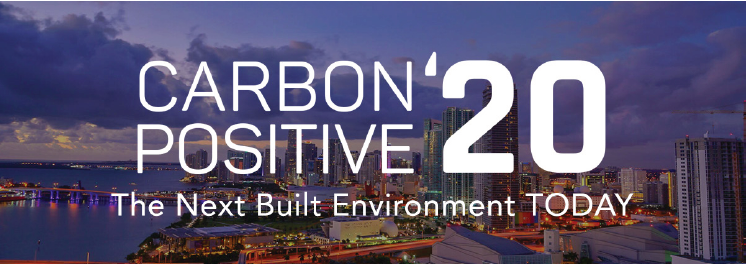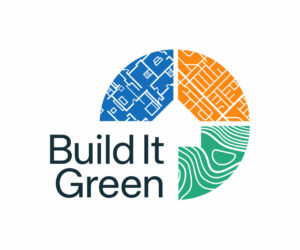
This month we attended Carbon Positive ’20. We learned a ton and met amazing people contributing to de-carbonizing our built environment. There are several resources you can start using today to help guide you towards carbon positive design. From better understanding the environmental product declaration (EPD) of your materials to visually articulating how material selection of your landscape design impact the embodied carbon offset timeline. We’ve made a list of our top three tools.
Buildings make up close to 40% of our total green house gas production. Architecture 2030 has pushed up the target of 65% reduction of embodied carbon emissions by 2030 and zero by 2040. If we don’t do this we will miss the window to prevent the 1.5 degree warming threshold and climate change will become irreversible. We can achieve this goal by all working together to share tools that empower builders with carbon transparency, availability and easy access to low- to no-carbon emission materials, and communication. Our new favorite tools are:


Alex Coba
Communication Associate
As a proud California native from Stockton, Alex brings a wealth of experience and a versatile skill set. He has a solid communication background with a Bachelor of Arts in Journalism and Public Relations from California State University, Chico. Alex is adept at strategic communications and media relations, with experience gathering and sharing stories from his local communities that uplift the unique spirit and values of those places. He is excited to join Build It Green, where he can apply his talents to further BIG’s mission to help communities across California thrive